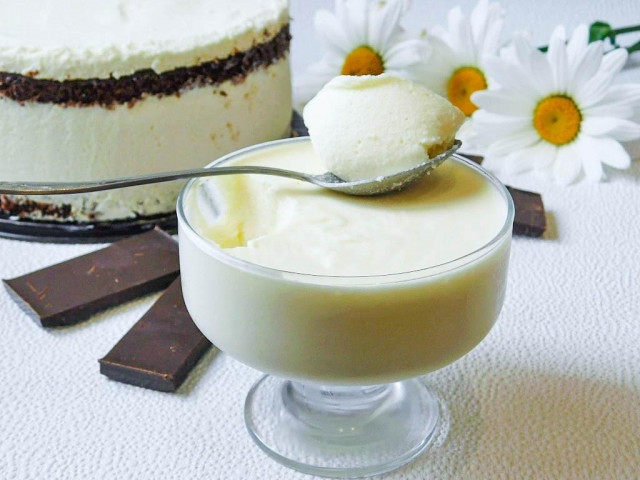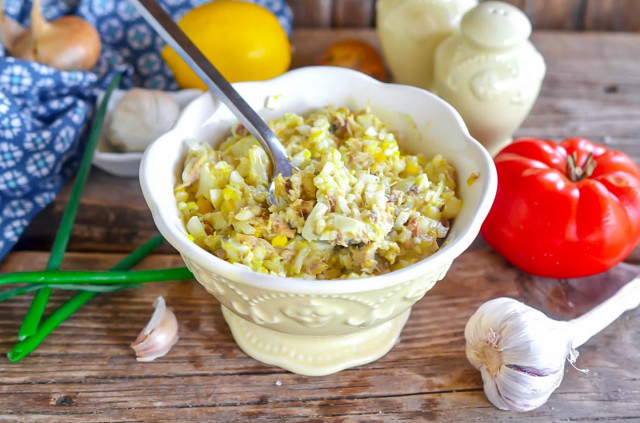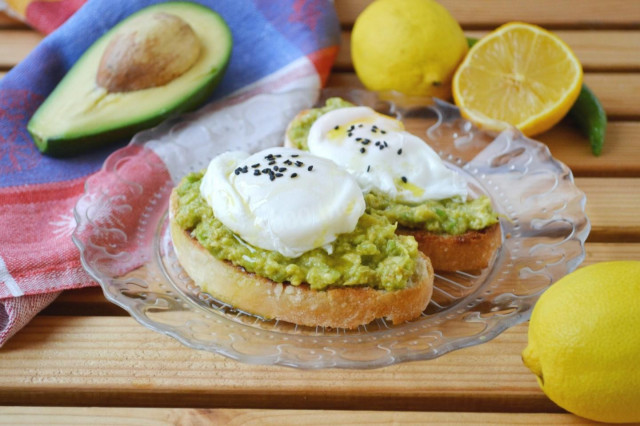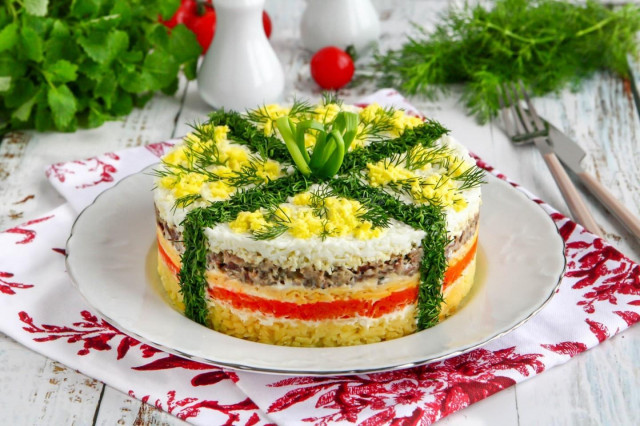Composition / ingredients
Step-by-step cooking
Step 1:
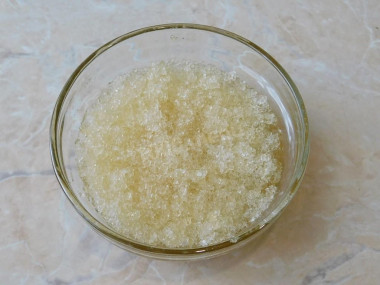
How to make a cream souffle for a cake? First of all, soak the gelatin in cold water and let it stand for 20 minutes so that it swells.
Step 2:
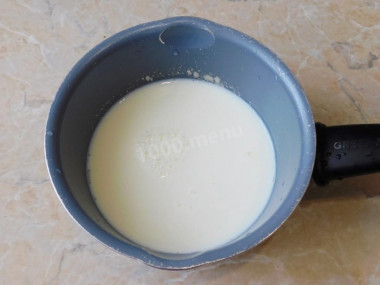
Separately, pour 200 grams of milk into the ladle.
Step 3:
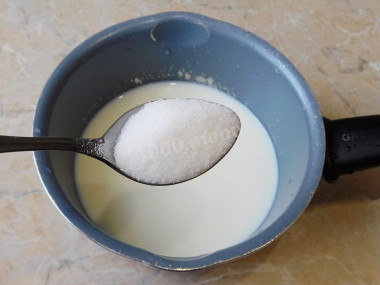
Add sugar to it.
Step 4:
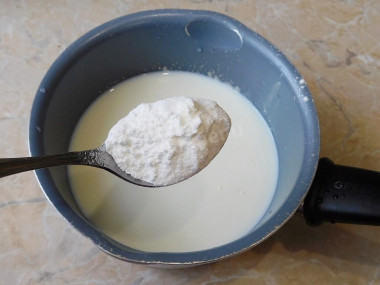
Stir in the starch so that there are no lumps. To do this, pour the starch into a separate cup and pour a little milk into it. Stir the starch with milk until smooth and only then pour into a ladle with milk. Put the ladle on a small fire and bring to a boil, stirring constantly. The milk will thicken at the same time.
Step 5:

Add the swollen gelatin to the thickened hot mass.
Step 6:

Mix well until it is completely dissolved.
Step 7:

Put the broken white chocolate in a separate ladle. Choose good quality chocolate, with natural cocoa butter.
Step 8:
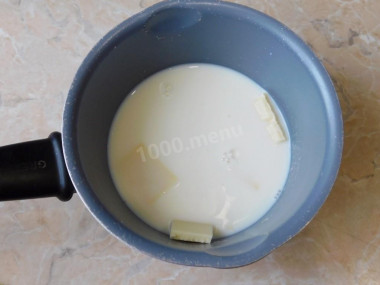
Add the remaining 150 grams of milk. Bring to a boil over low heat and let the chocolate melt.
Step 9:
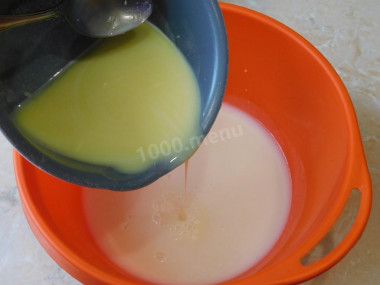
Then mix both masses — chocolate with milk and gelatin — until smooth. Cool everything to room temperature.
Step 10:
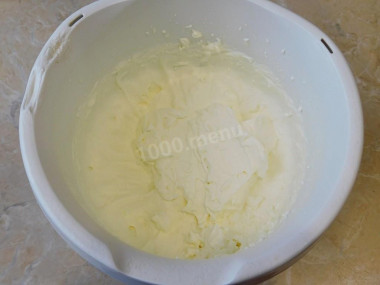
Next step, whisk the cream (be sure to cool them before whipping). To do this, combine the heavy cream (fat content of at least 33%) with powdered sugar and whisk until fluffy. It is not necessary to beat up to stable peaks, otherwise it will be difficult to mix them into the cream.
Step 11:
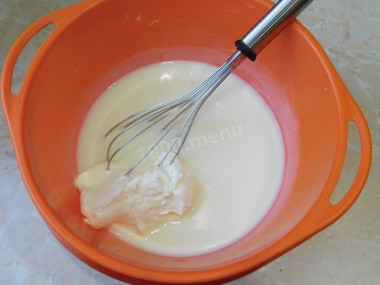
Add a little whipped cream to the cooled gelatin mass and gently stir with a whisk.
Step 12:

You should get such a lush, thick, homogeneous mass.
Step 13:

Pour the finished cream souffle into the cake pan. At the same time, you can layer it with biscuits or berry confit. Put the cake mold in the freezer or in the refrigerator for a few hours so that the mass freezes well.
Step 14:

This mass can also be used for desserts — put it in the creamers and also cool.
Step 15:
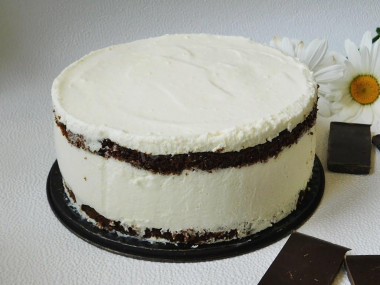
Carefully remove the frozen cake from the mold with a knife. You can simply decorate it with berries and serve it to the table. And you can pour chocolate icing. This is already to your taste. Have a nice tea party!
How to whip cream properly? It is important that the cream is fat, at least 33%. The whipping dishes and the cream themselves should be cold, keep them in the refrigerator for at least 1-2 hours. Beat with a mixer at minimum speed, gradually increasing the speed. How do I know if the cream is whipped enough? The creamy mass should retain its shape and not spread. At this point, stop whipping. Otherwise, the cream will turn into butter.
Cream should not be frozen before whipping — otherwise, during whipping, they will be stratified and a whey with butter will turn out! Buy only fresh chilled product for these purposes.
To make a dish using gelatin work, be sure to pre-soak the gelatin in cold boiled water. The colder the water, the better. Leaf gelatin can simply be put in a bowl of water. Before soaking the powdered gelatin, first rinse the dishes with cold water so that the crystals do not stick to the bottom. It is important to pour powdered gelatin with water, and not pour it into the water. Otherwise, lumps cannot be avoided. Then give the gelatin time to swell (the exact time is indicated on the package).
Swollen gelatin is heated to 70-80 degrees. It should never be brought to a boil!. At a temperature of 100 ° C, the mass becomes fibrous and viscous, collagen protein is destroyed and gelatin loses its jelly-forming properties.
Caloric content of the products possible in the composition of the dish
- Whole cow's milk - 68 kcal/100g
- Milk 3.5% fat content - 64 kcal/100g
- Milk 3.2% fat content - 60 kcal/100g
- Milk 1.5% fat content - 47 kcal/100g
- Concentrated milk 7.5% fat content - 140 kcal/100g
- Milk 2.5% fat content - 54 kcal/100g
- Granulated sugar - 398 kcal/100g
- Sugar - 398 kcal/100g
- Starch - 320 kcal/100g
- Gelatin - 355 kcal/100g
- Water - 0 kcal/100g
- Cream 35% - 337 kcal/100g
- Cream 40% - 362 kcal/100g
- Vanillin - 288 kcal/100g
- Powdered sugar - 374 kcal/100g
- White chocolate - 554 kcal/100g

